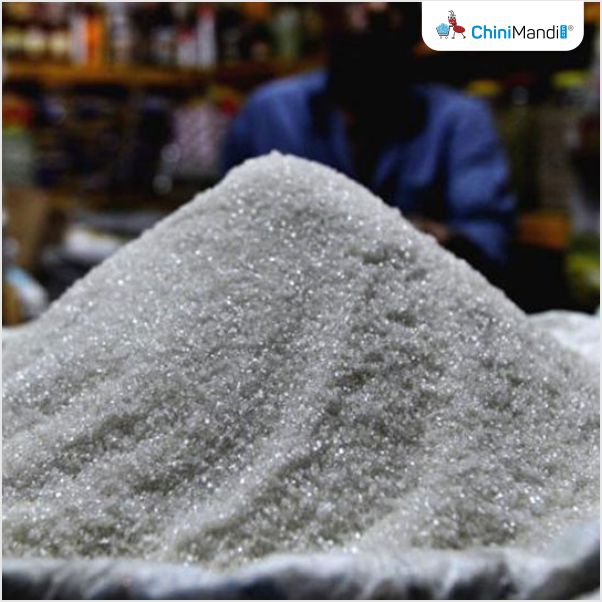In a much needed relief, the Government last week allowed sugar mills to produce ethanol from the existing stock of B Heavy Molasses lying with the mills. The industry said this move will improve the liquidity and enable them to meet expenses such as cane price purchase payment and other operational costs.
From the sugar price point, a long standing demand of the industry has been to seek an increase in the Minimum Selling Price of Sugar (MSP) and align it with the prevailing Fair and Remunerative Price (FRP) of sugarcane, which is the national benchmark price of sugarcane fixed by the Government. Increasing the sugar MSP will narrow the widening gap between the cane FRP and sugar prices, and increase the cash flow of the sugar mills and cane farmers.
What is the MSP of sugar?
The Government introduced the Minimum Selling Price (MSP) of sugar in 2018 to ensure that the sugar industry gets at least the minimum cost of production of sugar, so as to enable them to clear cane price dues of farmers. This was done to protect the interest of the cane farmers. The MSP of sugar has been fixed after considering the Fair & Remunerative Price (FRP) of sugarcane and the minimum conversion cost of the most efficient mills.
However, even though the sugarcane FRP has been increased by the Government, sugar MSP remains static.
In 2019, the sugar MSP was increased to Rs.31/kg. At that time, FRP in the country was Rs.275 per quintal. Since then, the FRP has seen an increase of almost Rs. 65/quintal (including the latest increase to Rs.340/quintal), whereas the MSP continues to remain static at Rs. 31/kg. As the MSP is determined taking FRP and other factors into account, sugar millers are asking for an immediate increase in MSP, to mitigate the increase in the cost of production.
Atul Chaturvedi, Executive Chairman of Shree Renuka Sugar said, “Any layman would ask why increase MSP of sugar when it’s already selling above the current MSP of Rs 31/ per kg. This situation may not last forever. Hence, the industry wants an institutional mechanism of changing MSP in tune with changes in FRP ”.
Chaturvedi says that the process of increasing MSP in line with FRP increase will help industry and remove the fear of a meltdown in prices when the crop is big. He says “Let’s face it, ‘High FRP and Low MSP is not a Sustainable Model”.
Prakash Naiknavare, MD, National Federation of Cooperative Sugar Factories (NFCSF) says that the focus should be on the Minimum Selling Price of Sugar (MSP). The Government should increase the MSP and link it with the ever rising Fair and Remunerative Price (FRP) of sugarcane in the country. This is the need of the hour.
“The Dr. Rangarajan Committee’s recommendation accepted by the Government of India has linked sugar MSP with that of FRP, amongst other suggestions. The Government has accepted the Committee’s recommendation of releasing 75% of revenue in the form of sugarcane price. Inter-alia if one does the reverse calculation, the sugar MSP computes to Rs. 40 per kg. This will not only cover the increased production cost of sugar but also give sugar mills sufficient liquidity,” he added.
Sanjay Khatal, MD, Maharashtra State Cooperative Sugar Factories Federation, Ltd, said that the higher sugarcane FRP having been declared by the Government shall have to be complied with. However, to support the industry in maintaining sufficient liquidity for timely payments to cane farmers, the Government should take measures. This includes increasing the Minimum Selling Price (MSP) of sugar. Khatal said that given the raised FRP at Rs. 340 per quintal, the MSP should be increased to Rs. 45 per kilo.
Chaturvedi emphatically adds “We have pampered the urban consumer and food processing industry for far too long at the cost of the sugar industry and farmers. To keep the interest of cane farmers and processors intact it is important to raise MSP anywhere between Rs 38 to Rs 40/ per kg ex factory”.












